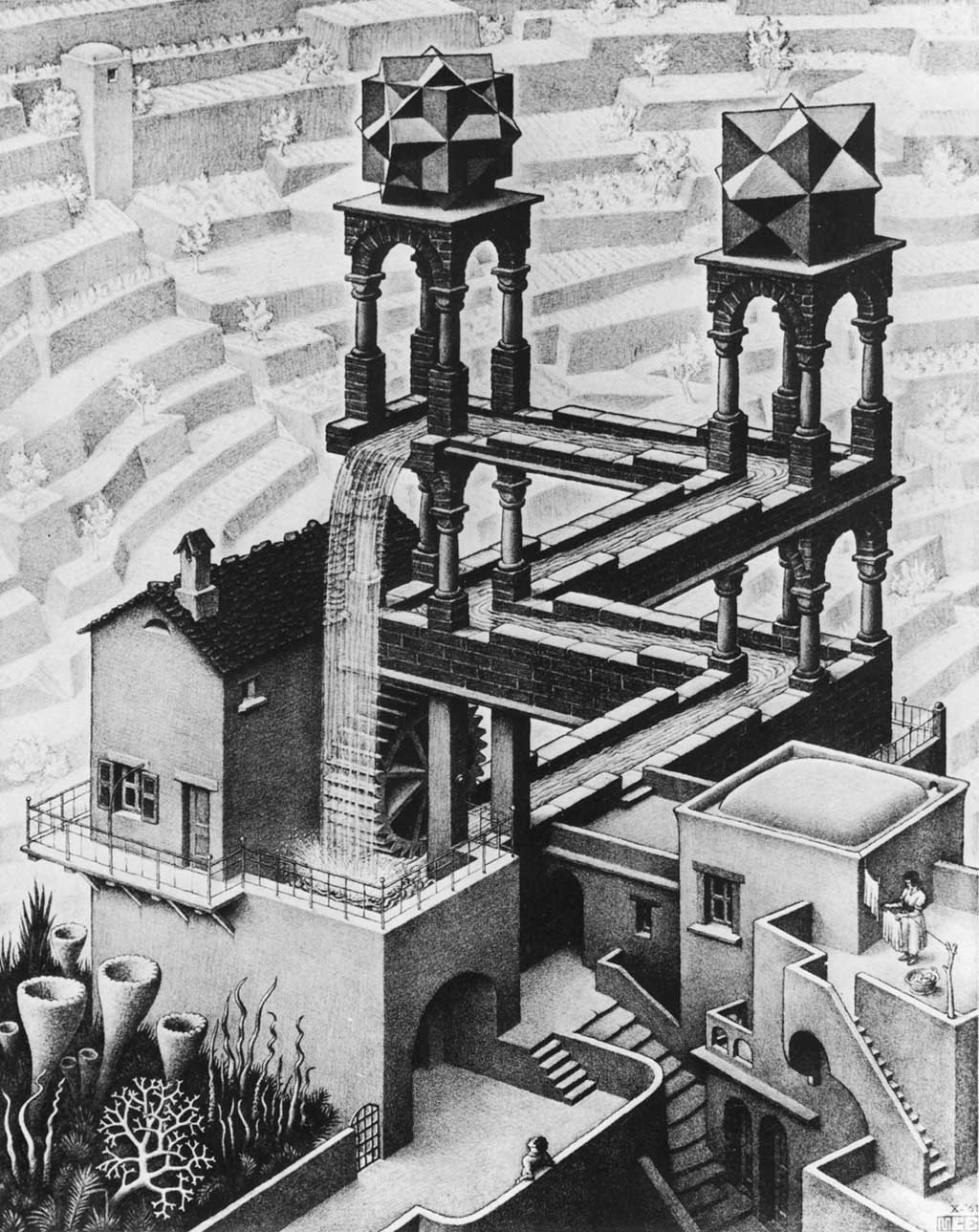Faster-than-light Communications by Tunneling

The existence of faster-than-light group velocities has by now become well established since the experimental verification of their existence in 1993 [1]. The group velocity is a measure for the speed of a signal, which is modulated onto a wave. Faster than light group velocities arise in light or radio signals when they are forced to transit a medium in which the signal is attenuated. As a sufficiently enough barrier would totally absorb the signal the process, in which a part of the amplitude of the signal reaches the other side, is called tunneling. Tunneling and faster than light group velocities occur for both electromagnetic waves [2], which follow the laws of classical electrodynamics, and for the wave-function of single a quantum particle e.g. a photon, which has to be considered according to the laws of quantum mechanics. Close experimental investigation of the tunneling process shows that in both cases only part of the signal passes the barrier with a higher velocity than the speed of light. The tail of the signal still needs the same time to reach its destination as if no obstacle where present. Nevertheless experiments have demonstrated that it is possible to transmit information at speed faster that light if the information content one wants to transmit can be inferred already from the front part of the signal [3]. In this case one would not have to wait for the arrival of the whole signal and would obtain information with a speed greater that light. Hence, taking a signal with sufficient power to survive large attenuation and barrier, e.g. a detuned traveling-wave tube, reaching from a sender to a far away receiver, transmission speeds faster than light seem possible for practical applications.
However such a setup seem hard to envisage for the communication between Earth and a spacecraft as no candidate for the tunneling-barrier seems available. Any material in the interplanetary medium that could cause the necessary attenuation is present only in such low density that irregularities in the matter densities would make the transmission process vary from regular transmission without tunneling at all to total absorption of the signal. A short barrier would however only enhance the velocity of the signal while it is in the barrier - after tunneling the signal would travel at the speed of light again. Hence space applications of data transmission with group velocities faster than light are not feasible because the tunneling situation is not achievable in the space environment.
Even for conventional ground-based applications recent progress in the theoretical understanding of the tunneling phenomenon seems to indicate that possibility of faster than light communications might be limited to very short distances. Studies indicate that the signal does not actually pass through the barrier but instead the signal impinging on the barrier is regenerated on the other side of the barrier by interference [4,5]. The fidelity of this recreation decreases if the length of the barrier becomes big compared to the length of the signal. Thus for long barriers, which are mandatory if the signal shall be transmitted over long distances, the signal gets considerably distorted by the barrier and its information becomes more and more difficult to decode. Also for the recent impressive result demonstrating faster than light transmission over a distance of nearly 120 m [6] the signal was studied at a wavelength of 50 m, which is of the same length-scale as the barrier. Long tunneling barriers will only allow faster than light communications with long wavelength signal and hence at low data rates. Hence in the end one will have to opt for either high data rates or high transmission speeds.
For space communications the tunneling effect however does not seem to have any technical applications at all.
References
- A. M. Sternberg, P. G. Kwiat, and R. Y. Chiao, Measurement of the single-photon tunnelling time, PRL 71, 708 (1993).
- A. Enders, G. Nimtz, Zero-time tunneling of evanescent mode packets, J. Phys. I 3, 1089, (1993).
- G. Nimtz, Superluminal signaling by photonic tunneling, IEEE Journal of Selected Topics in Quantum Electronics, 9, 79 (2003).
- Herbert G. Winful, Nature of "superluminal" barrier tunnelling, PRL 90, 023901 (2003).
- Li-Gang Wang, Nian-Hua Liu, Qiang Lin, and Shi-Yao Zhu, Superluminal propagation of light pulses: a result of interference, PRE 68, 066606 (2003).
- J. N. Munday, and W. M. Robertson, Negative group velocity pulse tunnelling through a coaxial photonic crystal, Appl. Phys. Lett. 81, 2127 (2002).